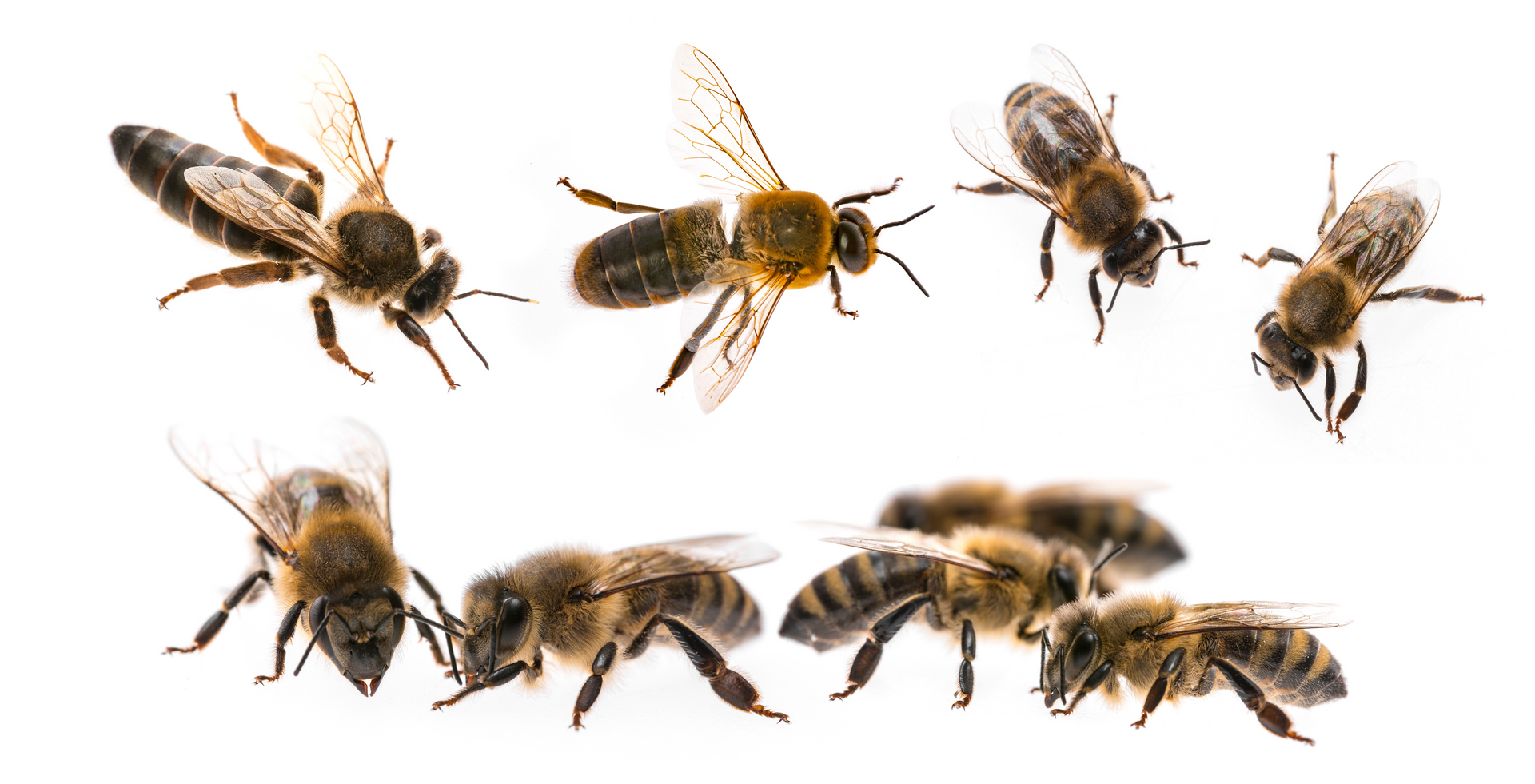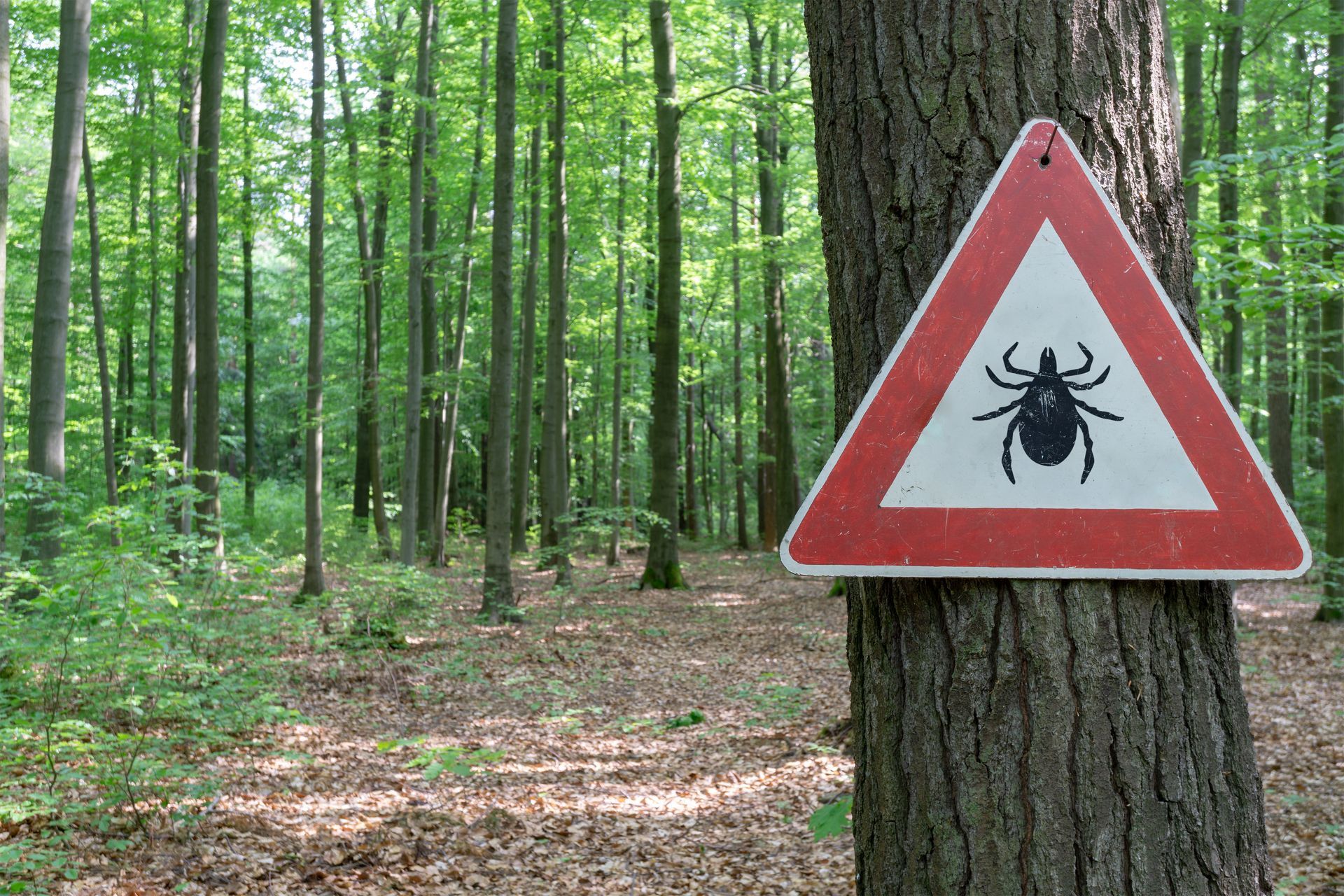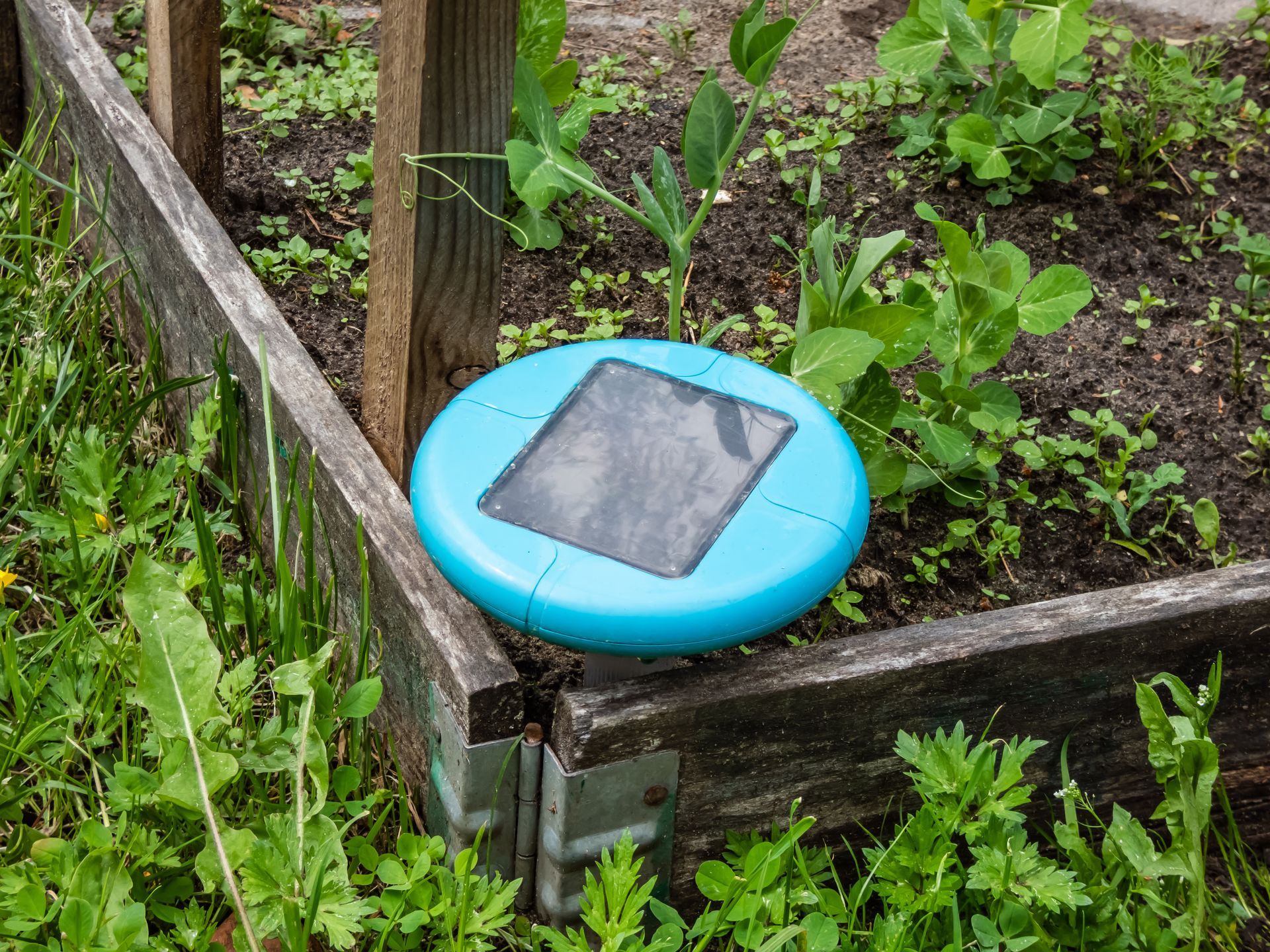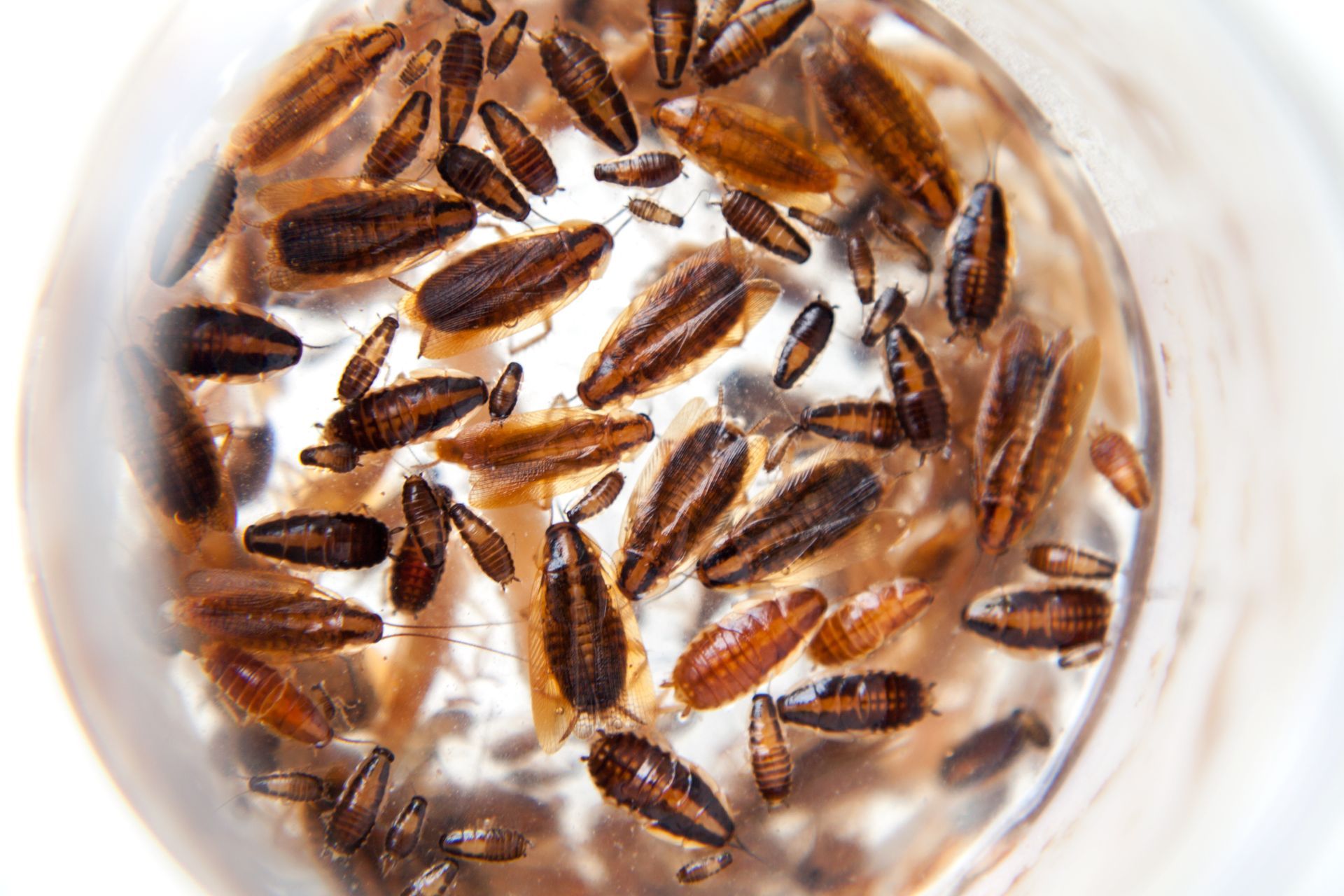What Attracts Ants Inside the House?
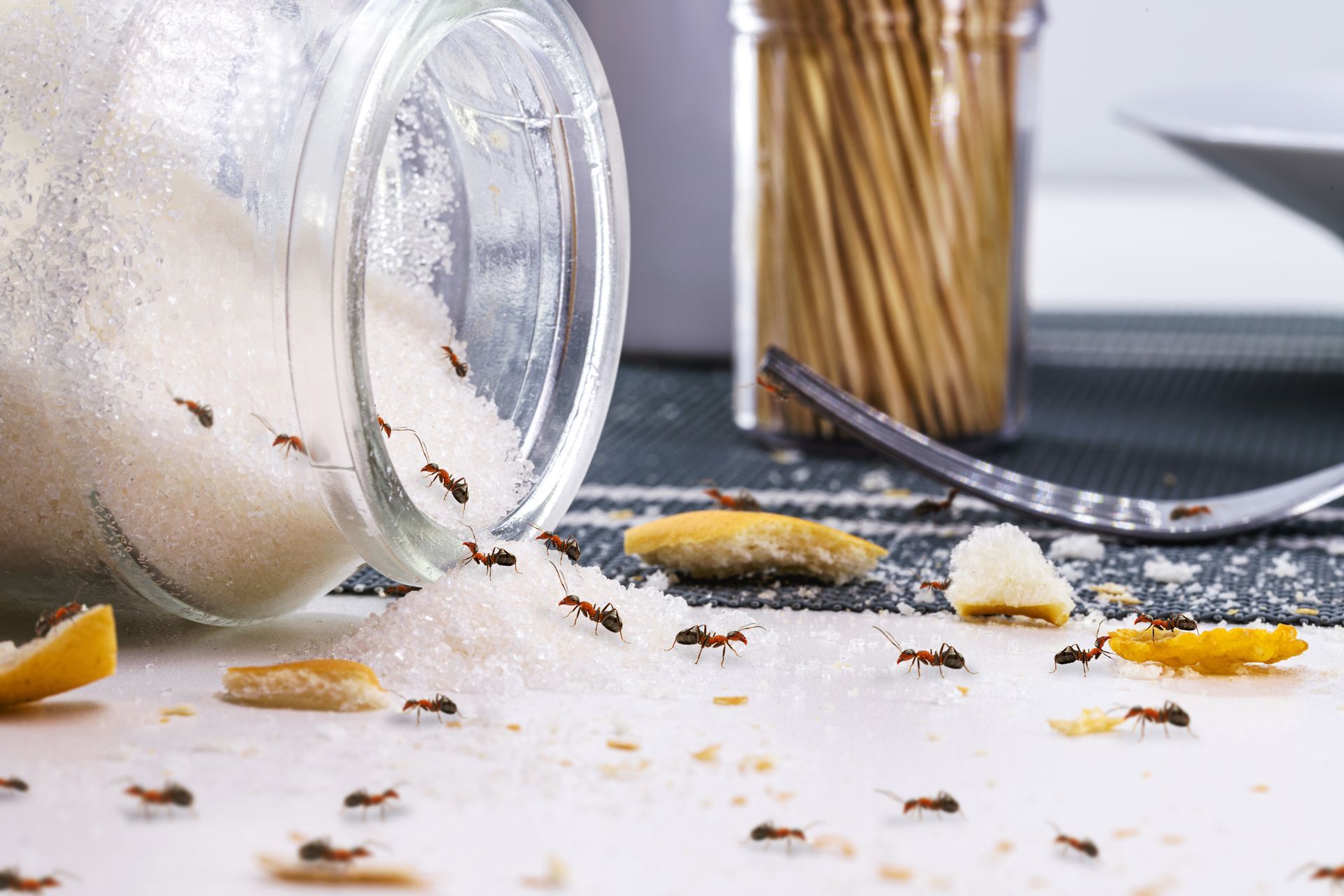
Ants are generally harmless, but they can infest a home and become a significant problem with enough time. When this happens, their presence grows beyond just a minor annoyance. Signs of significant ant activity often indicate a larger colony nearby which can potentially house thousands of ants. Understanding what attracts ants is crucial in both preventing and addressing infestations. These insects are drawn to readily available food sources, particularly those high in sugar. Simple spills or crumbs left on counters can act as a beacon for ants that will draw ants inside your home. Additionally, ants seek water and favorable nesting areas which make homes an ideal target all year round.
The key to preventing ant invasions lies in maintaining cleanliness and minimizing accessible food and water sources. Regularly cleaning up spills, storing food in airtight containers, and managing moisture-rich areas can significantly reduce the likelihood of ants establishing a foothold in your home. However, if an infestation does occur, it’s often more effective to seek professional pest control services to identify and eradicate the source of the problem thoroughly.
What Attracts Ants?
Ant infestations in homes often stem from the presence of accessible food sources and moisture which are primary attractants for ants. Once ants find resources they need to survive, they signal to the rest of the colony using pheromone triggers to lure other ants to come collect those resources. This can cause a small problem to develop quickly if precautions aren’t taken to reduce ant attractants. Understanding and managing these attractants is key to preventing and controlling ant invasions. The following are all things that can draw ants to your home:
Food
Food is the most important resource for an ant colony because the queen and larvae need nutrition to develop and maintain colony growth. Ants use their highly developed sense of smell with over 400 odor receptors to seek out and detect food. They are especially drawn to sugary and greasy substances which make homes the perfect place to find the resources they need. Places like kitchens and pantries are extremely vulnerable to infestations because they usually contain sweets cereals, syrups, and juices. Unsecured food items that are not properly stored in airtight containers or refrigerators can also draw ants in. Once a good source of food is identified, ants will leave scent trails to lead the rest of the colony to their newfound source of nutrition. This means a single ant sighting can quickly lead to a larger invasion. While ants may prefer sweets, they are equally as attracted to proteins and fats which can be found in cooking spills, meats, eggs, pet food, and dairy products. Not only that but ants are scavengers that will feed on other insects when possible. To prevent ant infestations, it's crucial to maintain cleanliness, promptly clean spills, properly store food, and manage waste to remove the food sources that attract ants into your home.
Water
Excess moisture significantly contributes to attracting ants into homes because they require a steady water supply for survival. Like many other bugs, without enough moisture, ants’ bodies will dry up and bodily function will cease. Areas like bathrooms, basements, kitchens, and laundry rooms are common sites for ant infestations because these places often have leaks. Leaks around toilets, sinks, tubs, and water heaters can provide ample water for a colony to survive off of. Carpenter ants in particular are known to establish nests in moist locations because leaks result in moist wood which is easier to break down. During dry weather, ants are more likely to invade homes in search of water due to dry conditions outside. This is why managing moisture through actions like repairing leaks, ventilating bathrooms, using dehumidifiers in damp areas, and avoiding leaving wet items around can reduce the likelihood of ant infestations.
Shelter
Ant colonies can grow extremely large and are composed of a queen, worker ants, drones, and larvae. A large colony requires suitable shelter that is close to other resources which often leads them inside human dwellings. Not only are these locations usually full of the resources ants need, they also provide ideal conditions for ants to thrive. Common nesting sites within a home include wall interiors, under floors, in attics, or garages. The presence of ants nesting within walls can be particularly problematic because they can cause significant damage by chewing through electrical wires, wood, and insulation. This leads to electrical hazards and structural damage that can be difficult and expensive to repair. To prevent ant infestations, homeowners should seal cracks and gaps around their homes, promptly address rotting wood and trim, and eliminate any ants sighted quickly. If an infestation escalates to ants nesting inside the home, professional pest control services should be consulted to effectively handle the situation.
Flowers with Aphids
Ants are naturally attracted to gardens because of the presence of aphids on flowers and plants. Aphids are small insects that are pervasive agricultural pests that extract sap from plants which often leave them weakened and sometimes deformed. They produce a sweet substance called honeydew which is a natural food source for ants. Ants have formed a symbiotic relationship with aphids in which ants consume the honeydew and in return provide protection to the aphids from predators.
To deter ants from infesting gardens it is important to manage aphid populations. This can be achieved using commercial insecticidal soap sprays or homemade solutions like a mixture of castile soap and water. Regular treatment until aphids are eliminated can effectively reduce ant activity in gardens which also help reduce ants eventually finding their way inside structures that are close to the garden.
Where Are Ants Most Attracted in a House?
Ants are primarily attracted to two areas in a house: the kitchen and the bathroom, due to their accessibility to food and water.
Kitchen: In the kitchen, maintaining cleanliness is crucial to deter ants. Regular cleaning of countertops and floors with soap is essential because water alone may not remove the scents that attract ants. Immediate cleanup of sugary or greasy spills is necessary, and attention should be given to small crevices where food particles and crumbs can accumulate. The kitchen sink and surrounding areas should also be kept dry, as they can provide additional sources of water for ants. Garbage management is also critical and indoor garbage cans should be cleaned and emptied daily to reduce the attractants that are stored inside. Perishable items that are thrown away should be bagged before disposal.
Bathroom: In the bathroom, eliminating standing water is vital to prevent ant infestations. Regular thorough cleaning, including scrubbing floors and drawer interiors helps remove moisture sources that ants seek out to stay hydrated.
How Do Ants Get into a Home?
Ants are tiny insects that can easily infiltrate homes through the smallest of openings. Common entry points include minor cracks in foundations, gaps under doors, or poorly sealed windows. Even with doors and windows securely closed, ants can find their way in by following pipes, wires, or vents, through wall cracks, or up through subflooring beneath carpets and tiles. While it's challenging to block every potential entryway, some proactive steps can significantly reduce the likelihood of an ant invasion. These measures include diligently sealing doors and windows, repairing cracks in walls and floors, and being cautious with items brought indoors from outside, such as potted plants or outdoor dining utensils. Ultimately, while complete prevention may be difficult, reducing access to food and water sources that attract ants is the most effective strategy to minimize their presence in your home.
How to Prevent Ants
Preventing ants from entering the home involves a combination of cleanliness and proactive measures. Regularly cleaning the house, especially food preparation areas, and promptly addressing spills can significantly reduce the likelihood of ant infestations. It's important to store sugar-based products like jams, cakes, and candies in sealed containers and dispose of rotten fruits and vegetables promptly. Natural deterrents like salt, turmeric powder, or paprika sprinkled at potential entry points can also help keep ants at bay. Once ants have entered, simply removing them won’t stop more from coming due to existing scent trails. It’s crucial to clean areas where ants have been with strong soap or window cleaner to erase these trails.
Additionally, addressing moisture sources can deter ants in places like bathrooms, laundry rooms, and kitchens. Be sure to wipe up any water spills on countertops and avoid leaving damp clothes or towels on the floor. While insecticides can be applied around entry points for temporary relief, they may not be effective for large infestations. In such cases, identifying and eliminating the colony is the only real effective ant management strategy.
How to Get Rid of Ants
If ants have established a nest within your home's walls or other hard-to-reach areas, tackling the problem often requires professional intervention. Certain species of ants, like pavement ants, are notorious for nesting in home foundations which make self-treatment challenging. When dealing with an existing ant infestation, the first step is identifying where they are coming from and what is attracting them. Removing the source of attraction is the first step and then finding ways to eradicate the invasion at the source will help eliminate the infestation. Once the source of where ants are coming from is identified, baits can be placed to poison the colony. These baits will attract ants which will see the bait as food. The “food” is treated with insecticides and is then carried back to the colony where it is served to the ant queen and the larvae. Once the bait is consumed by the rest of the colony, the queen and the larvae will all die from exposure to the poison.
This treatment method is highly effective but there are instances where ants can create satellite colonies that branch off of the main colony. In these situations, there is more than one queen and several colonies that need to be treated. This becomes difficult because ants will move into previously treated colonies and repopulate. In these scenarios, enlisting the services of a professional pest control company is recommended. Ant control experts can accurately identify the source of the main colony and apply effective treatments in addition to offering solutions for preventing future issues. Their expertise ensures not only the current infestation is addressed but also safeguards against recurring ant problems.
Contact EcoGuard if You Are Dealing with an Ant Problem
While there are various methods to tackle an ant infestation, sometimes the challenge requires the expertise of professionals. If you're struggling with persistent ants in your home, EcoGuard Pest Management is here to help. Our team of ant control experts specializes in identifying the root cause of your ant problem and providing effective, lasting solutions. With our knowledge and experience in pest control, we ensure not just the eradication of current ant infestations but also help identify and implement prevention strategies for the future. Don't let ants disrupt your peace of mind. Contact EcoGuard Pest Management today for a thorough and reliable resolution to your ant issues.
Ant Attractant FAQs
What are ants attracted to instantly?
Ants are instantly attracted to food sources, especially those high in sugar and grease. They are drawn to spills of sugary substances like juice, soda, and remnants of sweet foods, as well as greasy kitchen residues. Their keen sense of smell enables them to quickly locate these attractants even in small quantities.
Why do ants suddenly appear?
Ants suddenly appear in response to favorable conditions like when food and water are accessible. A sudden appearance often occurs when they discover a food source and communicate this to the rest of the colony. Additionally, changes in weather like rain, drought, or temperature extremes can drive ants indoors in search of shelter and resources.
What smells attract ants?
Ants are particularly attracted to sweet and greasy smells. Aromas from sugary substances like honey, syrup, and fruit, as well as greasy scents are highly enticing to ants. Their sensitive olfactory receptors make them adept at detecting these odors from a distance.



